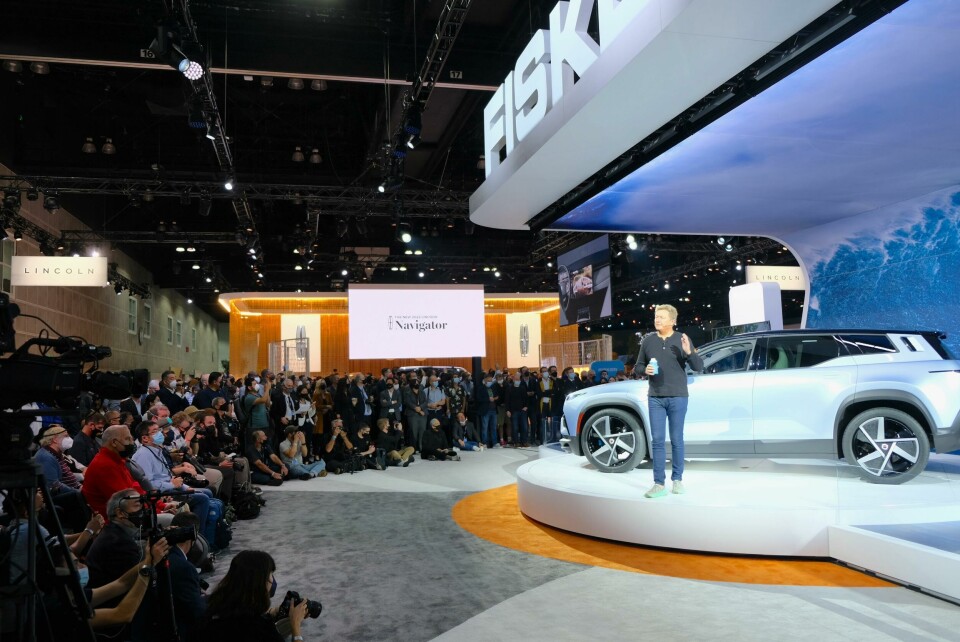
LA Motor Show 2021 – the design stories
A small number of carmakers have used the relatively quiet LA Auto Show to their advantage by showcasing new models and announcing big plans
Having kept its doors closed last year, the LA Motor Show is back with a bang, albeit slightly muted. Many companies have bowed out and will have no presence, while others have already unveiled cars digitally or to small groups of press before debuting them to public on the show floor.
But there are some exceptions. Fisker, Hyundai and Kia have decided to show cars for the first time, while Vietnamese carmaker Vinfast is hoping to drum up interest with two electric SUVs.
Fisker Ocean
The “world’s most sustainable vehicle” has made its premiere at the show. The Fisker Ocean had been shown in prototype form at 2020 CES. The version shown at the LA Motor Show is now pretty much ready to roll down production lines, and will be the first of three new electric cars that the company hopes to bring to life over the next few years.
Its shape and character seem to be very close to that of the prototype version, but some new funky design features have been unveiled. Occupants can select ‘California Mode’ which lowers all the windows and retracts the sliding roof, or ‘Hollywood mode’ which, when the car is parked, rotates the 17.1-inch central touchscreen from its default portrait position to landscape, making it more suitable to enjoy movies and entertainment. The latter mode also allows for enhancements to the 16-speaker strong audio system. Perhaps more importantly is the inclusion of solar panel roof that tops up the range on bright days, and the use of recycled plastics and sustainable materials throughout the interior.
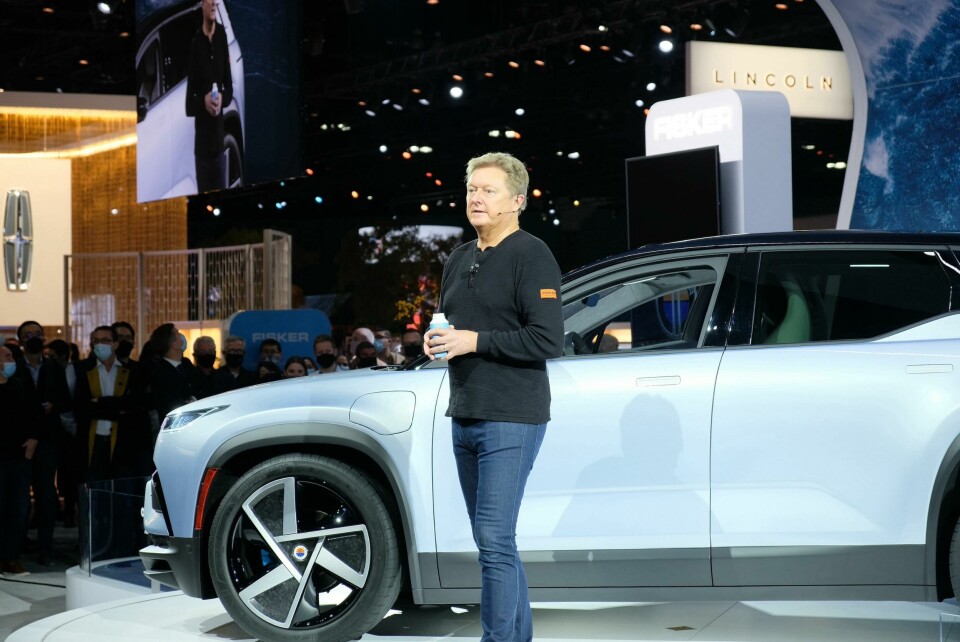
“Our mission is to create the world’s most innovative and sustainable vehicles that are also affordable, and it all starts with the Fisker Ocean as we fully embrace a clean future for all,” said chief executive Henrik Fisker.
Back in June, Fisker promised that it would produce a climate-neutral vehicle by 2027, using eco-friendly materials and services rather than purchasing offsets. The company said it would delve into all areas of its activities, from material sourcing through to logistics, manufacturing, and end-of-life recycling and re-use of vehicles, in a bid to eliminate its carbon footprint entirely. The Ocean is an important step for the company, but if it is to achieve its lofty goals, we expect some hard work and challenging months will follow.
Hyundai Seven Concept
A chunky new electric SUV concept with a flexible, lounge-like interior – the Hyundai Seven Concept follows hot on the heels of the EV6, and builds on many of the design ideas first introduced in the 45 and Prophecy concepts.
“Seven dares to break from the beaten path,” said SangYup Lee, senior vice president, head of Hyundai Global Design. “Seven paves the way forward for what an SUV needs to become in the EV era with a unique aerodynamic pure form that does not compromise on its rugged personality. The interior opens up a new dimension of space that cares for its passenger as a family living space.”
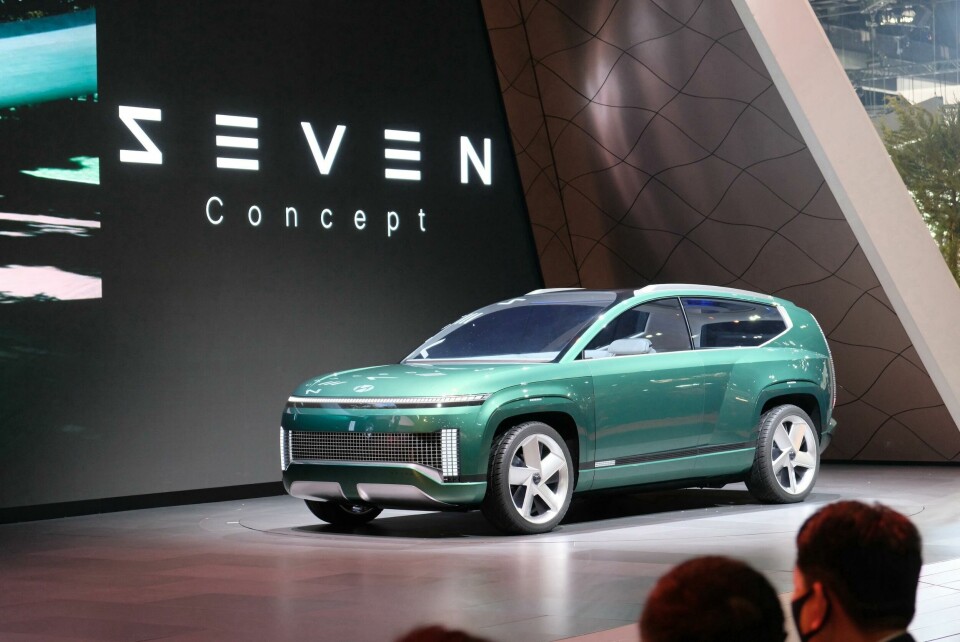
The exterior is distinctive, with a long wheelbase measuring 3.2 metres and sloping glass roof linking to a glass rear, making the Seven look like a greenhouse on wheels. The overall shape is a little odd, as the flat bonnet and horizontal character, shoulder and belt lines create an uncompromising rectangular base that fights against the gentle slope of the roof. And then there is the wheel arches and large glass panel at the rear, both of which are unusual but bring a bit of colour to what is otherwise a clinical finish. Familiar pixel lighting features at the front and rear, just like on the Ioniq 5, but this time, the lights at the rear underline and wrap around the entire large glass panel. There is a lot to take in.
On the inside, swivelling seats and a cushioned bench provide a place to relax and socialise. There is no steering wheel, but a retractable control stick is placed on the front seat and can be hidden away when not in use. Various storage compartments are hidden away, as is the built-in mini fridge.
Kia Concept EV9
Featuring the company’s new design language ‘Opposites United’, the latest concept car from Kia is, no prizes for guessing, an electric SUV. Like its new sibling from Hyundai, the Kia EV9 has a long wheelbase and a chunky, rectangular body. It also leverages lighting to create a distinctive face and rear, featuring what the carmaker describes as an animated “star cloud” pattern for its daytime running lamps (DLRs). But the EV9 more extreme in shape than the Hyundai Seven, with a flat horizontal roofline that does not fall towards the rear and geometric body work patterns along with protruding wheel arches. It’s arguably a more cohesive design.
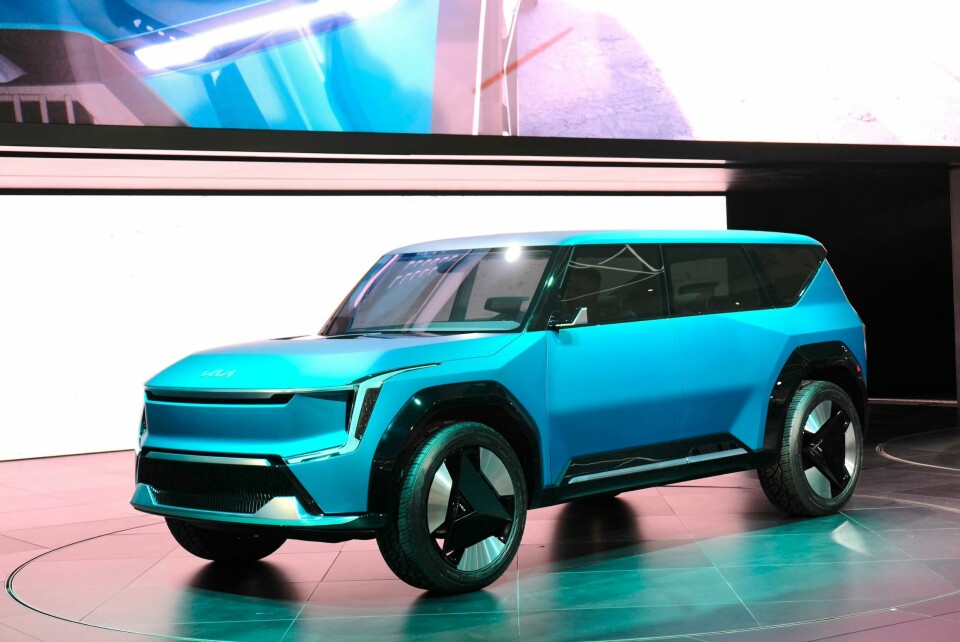
The minimalist interior includes a thin IP, with the upper section wrapping around the front occupants and reflecting the curve of the 27-inch screen. A more conventional steering wheel is included, suggesting that the EV9 is potentially closer to production than the Hyundai Seven, although Kia calls it a “pop-up steering pad”. Different modes can be selected to change the interior layout, with “pause mode” allowing occupants in the first and third rows to face each other while the second row of seats fold into a table, and “enjoy mode” flipping the back three seats around and opening the boot for an open seating space.
Subaru Solterra
The first all-electric car from Subaru has been shown, called Solterra. And while it pushes the boundaries for Subaru in terms of powertrains, it doesn’t do much in the way of evolving the company’s design language.
But that’s not necessary a bad thing. Subaru is keeping to its no-nonsense approach, with a neat and tidy exterior that will likely appeal to many of its existing customers. It is a little more sleek and streamlined than other models in its portfolio, with a sharp nose emphasised by edgy bodywork at the front, and a low roofline that gently slopes at the rear.
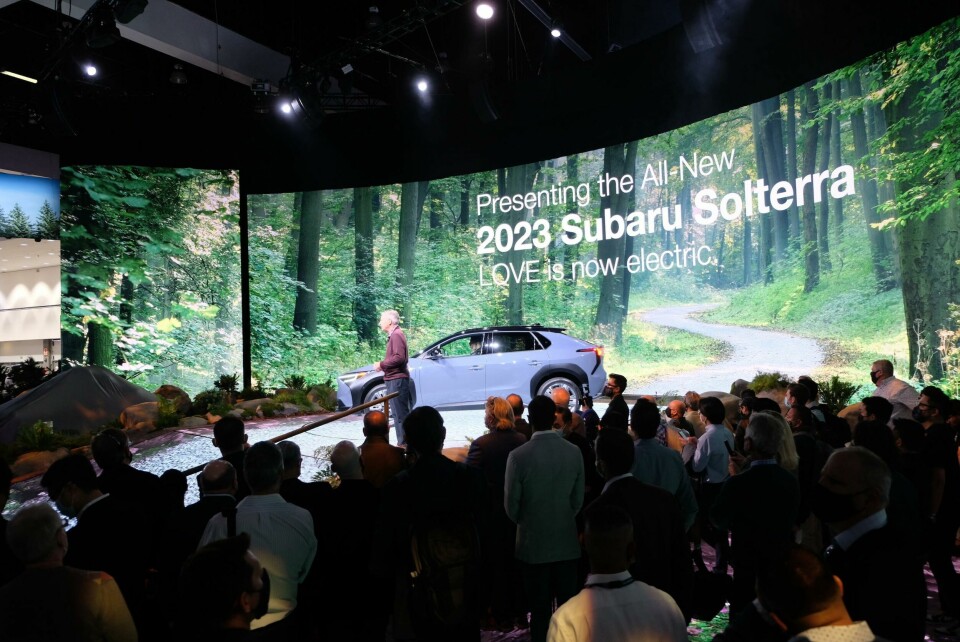
The inside is more modern than other Subaru’s too. A thin touchscreen is mounted to the IP and connects to a floating centre console with a large rotary control dial in the middle. There’s also a digital driver cluster that sticks out from behind the steering wheel, but its far more bulky and retro than the touchscreen.
In typical Subaru fashion, the car is equipped with a host of systems that make it suited for off-roading. Subaru says it wants to show its commitment to reducing its environmental impact with the Solterra, and believes its customers are also trying to do the same. But competition in the electric SUV market is tough, and the company will need to leverage its 4x4 heritage to ensure the Solterra sells.
VinFast e35 and e36
In its latest move of expansion, VinFast has unveiled two new electric cars at the LA auto show – the e35 and e36. As the names would suggest, the models are similar in that they are both SUVs and all electric. They have also both been designed in partnership with Pininfarina.
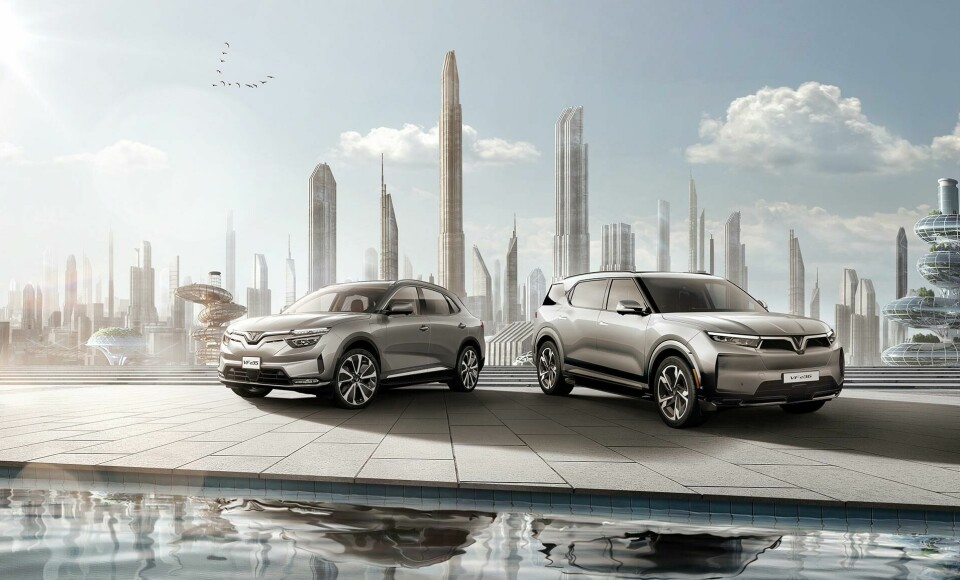
But the resemblance stops there. The e35 is the smaller of the two, and features a more conventional shape and styling treatment with curved body work and little in the way of flair. It is almost reminiscent of a Renault Captur, and therefore doesn’t feel particularly new or ground-breaking. In contrast, the larger e36 has sharper body work and cleaner lines, while the curves are switched out for rectangular shapes. At the front, an unusual tunnel pushes air under the V-shaped light signature before exiting across the bonnet, while the narrow vertical air intakes create a crisp 90-degree angle and underline the lights.
Speaking of lights, the V-shaped lighting signature on the front end of both new models is the same as on the company’s first two production cars, the Lux A2.0 and SA2.0 that were first shown at the 2018 Paris Motor Show, and were also created in collaboration with Pininfarina. The launch of these two models marks the company’s introduction to the North American market, and coincides with the announcement of a new local headquarters in Los Angeles.



